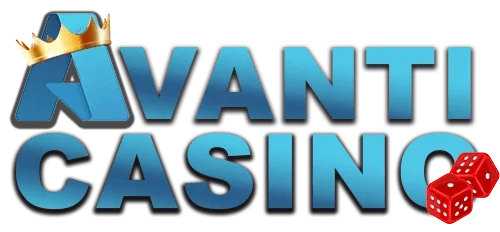The discourse surrounding the “best PlayStation games” often centers on its legendary first-party exclusives—the God of Wars, the Uncharteds, the The Last of Uss. While these titles are rightfully celebrated as pillars of the platform’s identity, this focus can overshadow a more subtle yet equally important aspect of PlayStation’s legacy: its role as a master curator. For generations, PlayStation consoles have been the definitive destination for a specific, quality-driven tier of third-party games, effectively shaping the tastes of millions of players and defining what “must-play” means for an entire era of gaming.
This curatorial power began with the original PlayStation. While Nintendo focused on a family-friendly image, Sony’s platform became the home for mature, experimental, and often bizarre experiences that couldn’t find a place elsewhere. It was the console for the cinematic horror of Resident Evil and Silent Hill, the mind-bending narrative of Metal Gear Solid, and the operatic, genre-defining journey of Final Fantasy VII. These weren’t Sony-made games, but they became inextricably linked with the PlayStation brand. By providing a welcoming platform for these developers, Sony didn’t just sell consoles; it sold an identity. Being a PlayStation owner meant you had access to the most talked-about, cutting-edge experiences in the industry.
The PlayStation 2 era amplified this effect to a staggering degree. As the best-selling console of all time, it was the de facto development target for nearly every major third-party publisher. This created an environment of both fierce competition and slot88 incredible diversity. On a single shelf, you could find the sprawling, chaotic freedom of Grand Theft Auto III, the precise, stylish action of Devil May Cry, the tactical depth of Final Fantasy X, and the haunting, minimalist beauty of Shadow of the Colossus. PlayStation wasn’t just a piece of hardware; it was a vast, interconnected cultural library. To own a PS2 was to have a finger on the pulse of global gaming culture.
This tradition of curation continued into the HD era and beyond. The PlayStation 3 and 4, while champions of their own first-party studios, also became the preferred platform for a new wave of Japanese development and ambitious mid-tier projects. Games like Dark Souls, Persona 5, and Nier: Automata found passionate audiences on PlayStation first. These titles, often considered risky or niche by other publishers, were embraced by the PlayStation community, which had been conditioned to expect deep, challenging, and narratively complex experiences from the platform. Sony’s consistent support for these games cemented its reputation as a haven for core gamers.
This curation extends to the digital storefronts of the PS4 and PS5, which have become thriving marketplaces for independent games. Titles like Hollow Knight, Celeste, and Stardew Valley found massive success on PlayStation, demonstrating that the platform’s audience has an appetite for polished, creative experiences regardless of their budget or scope. Sony’s platforms provide a stage where these indie darlings can stand alongside blockbuster AAA titles and be judged on their merit alone.
